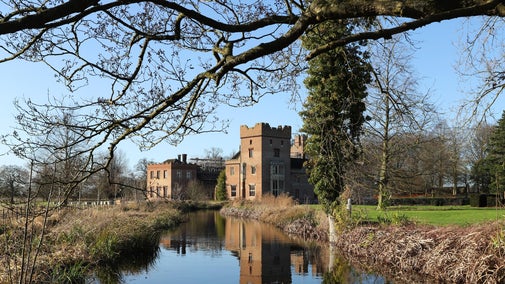
Donate
Everyone needs nature, now more than ever. Donate today and you could help people and nature to thrive at the places we care for.
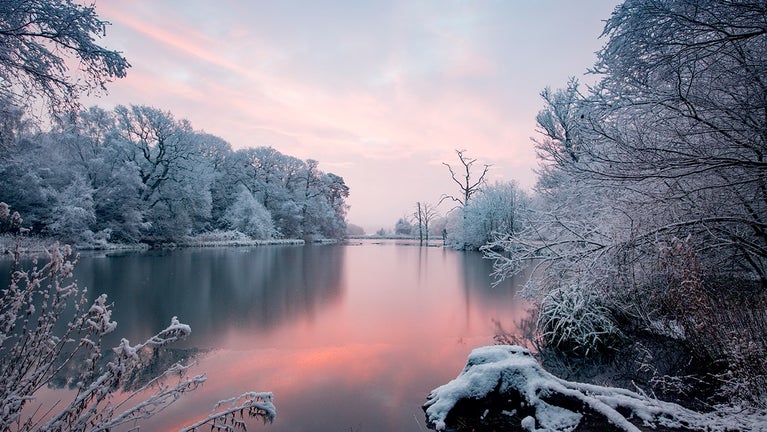
With more than 3,800 acres of woodland, heath and parkland, Clumber Park’s natural beauty is why it is one of the National Trust’s most visited places. Carved from Sherwood Forest, Clumber Park is an important example of a designed landscape and is one of only 146 Grade I listed parks in Britain.
Conservation is at the heart of what we do here, be it restoring historic landscapes, protecting rare species, or preserving vital habitats. We are committed to ensuring that Clumber Park remains a place of natural beauty for everyone to enjoy.
As a visitor you also play an important role in helping to protect the park. By following our guidelines and respecting the natural surroundings, you are helping to ensure that Clumber Park continues to be a vibrant and protected environment for future generations.
BBQs, stoves and campfires are not permitted anywhere on the estate. Just a single stray spark can easily get out of control, damaging landscapes and harming wildlife. Please help us to keep Clumber Park safe by bringing a picnic, or by visiting one of our many food outlets.
Nesting bird season runs from February to August. Please support us in protecting birds by keeping dogs on leads when asked to, particularly in the Pleasure Grounds.
Sadly, in recent years we’ve experienced an increase in dog attacks on our waterfowl and their young which can be distressing for the wildlife, for visitors and for our team.
Ground nesting birds, unlike most birds, build nests and raise their young on the ground around woodland edges and in open heathland areas. It is important that visitors avoid startling birds causing them to flee their nests and leave eggs and chicks exposed to predators. Visitors can help protect ground nesting birds by staying on footpaths and keeping dogs under control.
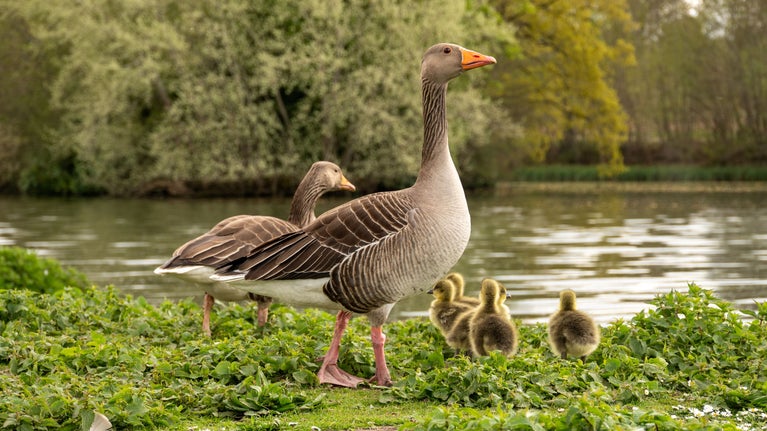
Lime Tree Avenue is one of Clumber’s most iconic features, providing visitors with a spectacular welcome and a glimpse of the estate’s grand past. Planted in 1838 by the 4th Duke of Newcastle, it is the longest double avenue in Europe with 1,296 trees stretching three miles.
The lime trees, however, are under threat. Years of soil compaction from cars have weakened the trees leaving them prone to disease. 20 trees have been lost in recent years and 40% are currently at risk.
Wooden pegs have now been installed to discourage parking along the avenue. Visitors can support our efforts by using the designated parking areas in the park.
Car parking
We are currently undertaking a large-scale car parking project to introduce a new 1000+ space hardstanding car park, as well as 3 peripheral car parks which will allow visitors to explore the wider estate and park away from the main visitor facilities if preferred. More details will follow as the project progresses.
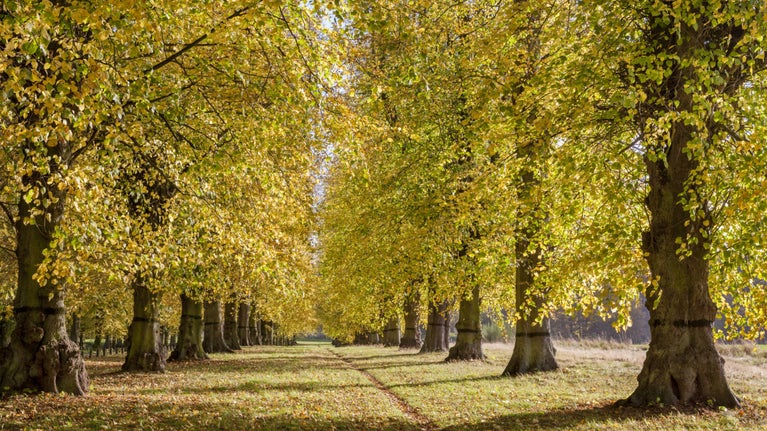
The Pringle family have been working the land for generations having arrived at Hardwick Grange farm in 1938. Since then, the land has been used for arable and pasture farming and in the 1950s was host to a dairy farm.
For many years, the National Trust has worked closely with the family, supported by Natural England, to convert 190 hectares of arable farmland to woodland pasture using a variety of land management techniques. The change to wood pasture has been done in the interest of sustainability and to increase the benefits to wildlife.
Grazing animals have been used to shape the landscape of Clumber Park for hundreds of years.
Grazing for conservation helps us to maintain the mosaic of habitats needed by a variety of species. The livestock often prefer to eat the dominant plant species, leaving space for a variety of other species to become established and leading to a wider diversity of plants and wildlife. Ground disturbance provides new habitats for warmth-loving reptiles and invertebrates and creates safe spots for new seedlings to flourish.
Grazing also opens views across the landscape and helps keep paths clear of encroaching vegetation. If we didn’t have grazing on Clumber all this would need to be done mechanically with tractors and hand-operated machinery.
Grazing takes place on 20% of Clumber Park’s 3,800 acres. Grazing areas are clearly signposted but please be aware if you are walking with dogs to ensure they are on a lead.

Clumber Park is proud to be part of the Countryside Stewardship scheme, a government backed initiative funding and supporting the restoration of wildlife habitats to protect nature.
Here at Clumber, we have a diverse range of habitats including wood pasture, heathland, broadleaf woodland, coniferous woodland, wetland, lake and acid grassland.
As visitors explore Clumber Park you will see firsthand how careful land management supports biodiversity, restores habitats, and preserves the natural beauty of the park.
Results from the 2024 East Midlands Environmental Study uncovered that the heathland of Clumber is home to 1,689 individual vertebrates across 524 different species. It revealed that the heathlands are in good shape and is teaching us valuable lessons in how to maintain the rich biodiversity that makes this landscape so special.
Heathland is one of the world’s most threatened habitats, and lowland heath has now become even more rare than rainforest.
To keep this diversity alive, we need a mix of habitats in the area. This includes patches of trees and shrubs like gorse birch and broom, alongside open areas of heather and grass. By having a mix of young, mature and older plants we can create a healthy and balanced home for the species found here.
Clumber Park is currently the only known site in the whole of Britain that has a population of the Diamond-backed Spider. It was presumed extinct for more than half a century until two National Trust volunteers discovered the 7mm spider while carrying out an ecological survey on heathland in 2017.
Thanks now to funding from the Natural England Nature Recovery Programme, the National Trust is working in partnership with the British Arachnological Society to carry out vital research to ensure the continued survival of this threatened species.
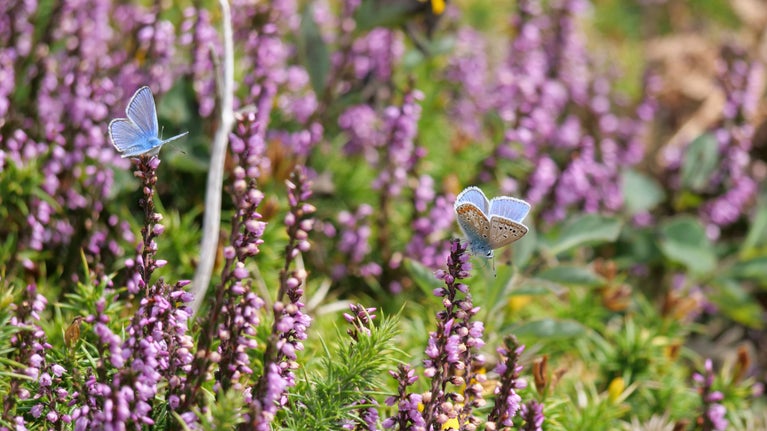
Tree safety inspections
As the leaves fall and fungi become more visible, it’s easier to spot signs of damage or decay in the trees. Essential safety inspections take place and necessary work carried out to ensure the park remains safe for visitors.
Heather scrapes
In autumn, the Rangers create heather scrapes to maintain and enhance the heathland habitats. This involves removing a layer of soil to expose bare ground, allowing heather and other wildflowers to establish and thrive, in turn supporting insects, birds, and small mammals.
Bracken rolling
Bracken can quickly take over, shading out other plants. Rolling the bracken causes it to bruise which prevents it from spreading too aggressively, allows sunlight to reach the ground and gives space for other vegetation to grow.
Fungi play a vital role in breaking down dead plant material, recycling nutrients, and supporting healthy ecosystems. They are essential for the growth of trees and plants by helping them absorb water and nutrients through their roots.
Fungi create spectacular displays to be admired but please leave them undisturbed to do their important work.

Everyone needs nature, now more than ever. Donate today and you could help people and nature to thrive at the places we care for.
With 3,800 acres of parkland to explore, there's so much to see and do at Clumber Park this autumn.
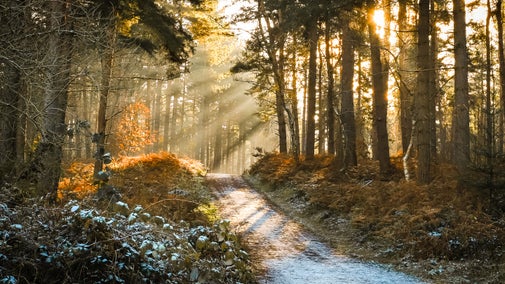
Discover how Clumber Park’s walled kitchen garden is maintained using traditional gardening techniques and is one of only a handful of its kind in existence.
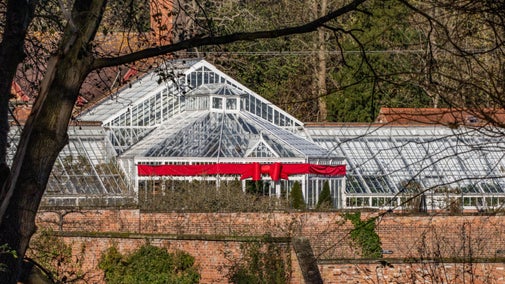
From lakeside runs to woodland rides, Clumber Park has 20 miles of trails for cyclists, runners and walkers to explore. Bridlepaths through the estate provide an opportunity to explore on horseback.
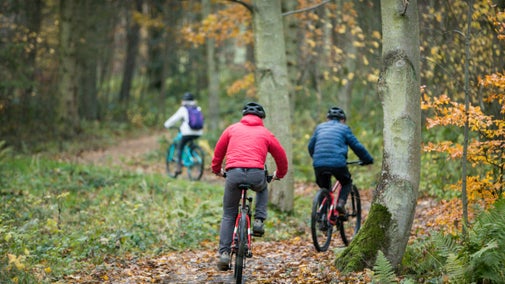
Discover the grand past of Clumber Park; as a hunting ground for royalty, under the care of 13 Dukes and its connections to the Second World War.

One way to support the National Trust, while also spending time in amazing places and making new friends, is to volunteer. Find out more about joining the dedicated team of volunteers working to make Clumber Park a beautiful place to visit.

Whether you're looking for food, drink or the perfect gift, Clumber Park has something for everyone.

Read about our strategy, which focuses on restoring nature, ending unequal access and inspiring more people.

We believe that nature, beauty and history are for everyone. That’s why we’re supporting wildlife, protecting historic sites and more. Find out about our work.
